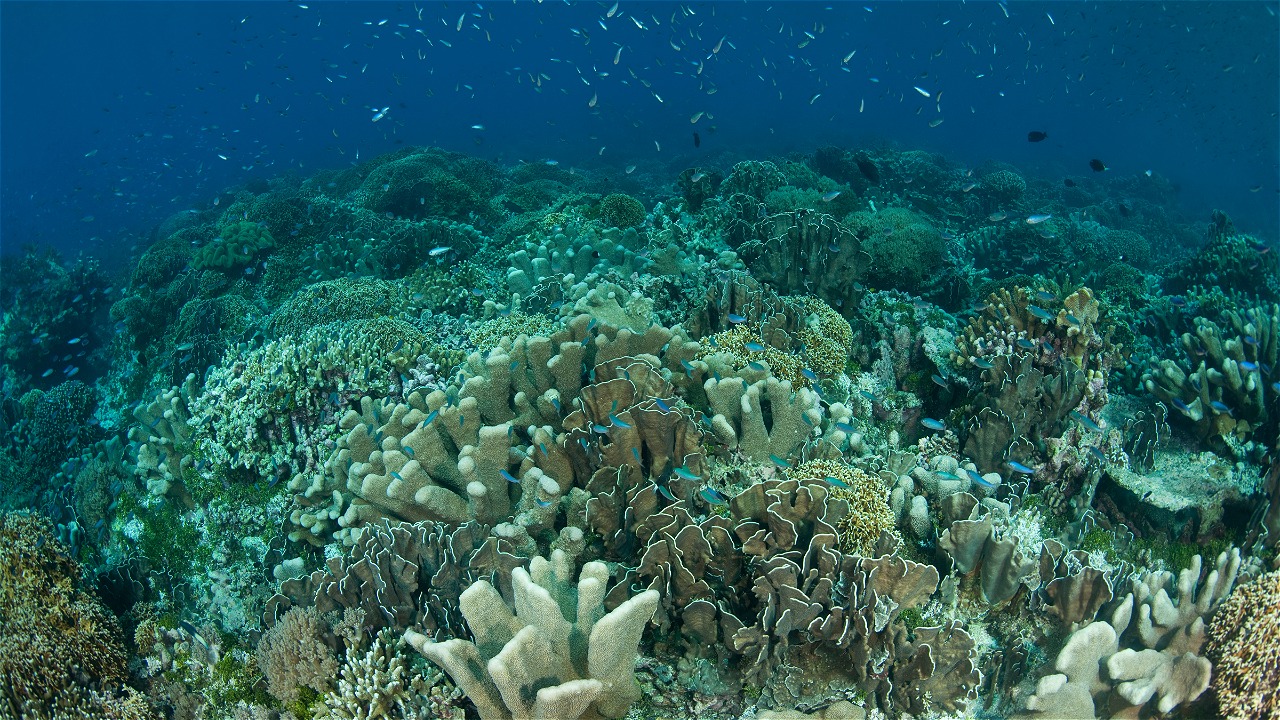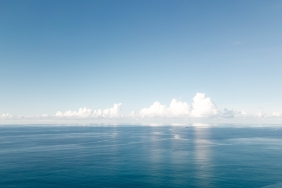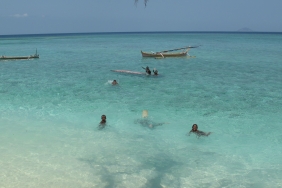MEETING OF STAKEHOLDERS RESULTS IN STRATEGIC STEPS FOR THE MANAGEMENT OF THE SUNDA BANDA SEASCAPE
The Sunda Banda Seascape region covers approximately 39% of Indonesia's waters. The management of marine resources covering an area of 157 million hectares presents a variety of challenges that require understanding and partnership with various parties in determining strategic steps towards sustainable fisheries and community welfare.
"If there is no understanding and good collaboration, it can lead to mixed reactions from new ministry policies that actually have the same breath of sustainability and conservation," said Ir. Agus Dermawan M.Si, Director of Conservation Areas and Fish Species, Ministry of Maritime Affairs and Fisheries (KKP).
With the theme "Shaping the Future of Conservation Area Networks for Sustainable Fisheries through Partnerships" at the Sunda Banda Seascape level, the Coastal and Marine Resources Management Center (BPSPL) Denpasar together with WWF-Indonesia organized a multi-stakeholder marine and fisheries meeting for the Sunda Banda Seascape region on February 25-26, 2015, at the Ibis Style Hotel Denpasar, Bali.
The meeting was attended by a number of representatives from the Ministry of Maritime Affairs and Fisheries, conservation area management agencies and national park centers, NGO partners, and university representatives agreed to establish a collaborative forum as a medium for the parties to formulate and recommend related sustainable fisheries development programs in the Sunda Banda Seascape region. Integration of data and information management will also be built through Learning and Information Center in three areas within the Sunda Banda Seascape which aims to bridge the information gap between parties in the context of development in the marine fisheries sector.
Over the past few years, the work of the parties to establish and strengthen the existence of marine protected areas, especially in the Sunda Banda Seascape, has been intensified. This is closely related to the long-term goals to be achieved as a conservation target in the area.
The protection of critical habitats for endangered species and the sustainability of fisheries stocks, the strengthening of responsible fisheries practices through partnerships with the private sector, the monitoring of biophysical and socio-economic changes, and increased collaboration and coordination between parties, including NGO partners, community groups, researchers, in supporting the conservation of the Sunda Banda Seascape area are key long-term foundations for realizing a joint commitment to the management of the Sunda Banda Seascape area through effective partnerships.
In addition to producing a mapping of the challenges and an understanding of the mechanisms for strategic steps in partnership management of the Sunda Banda Seascape conservation network, WWF-Indonesia also introduced the SBS Atlas developed with the Worldfish Center. The Atlas, which presents 8 thematic data in the Sunda Banda Seascape, is expected to be a reference and basic information for further studies for researchers and conservation area managers.
The Sunda Banda Seascape is located at the center of the Coral Triangle, which has the highest diversity of marine ecosystems in the world and is home to 76% of coral reef species, more than 3,000 species of fish, and endangered species such as sea turtles, cetaceans, sharks, and napoleon wrasse. Understanding the importance of the Sunda Banda Seascape by stakeholders can directly contribute to strengthening economic sectors and food security that are under threat from overfishing, pollution, and development that lacks environmental and sustainability considerations, such as mining activities.
Author: Dwi Aryo T - Marine and Fisheries Campaign Coordinator




